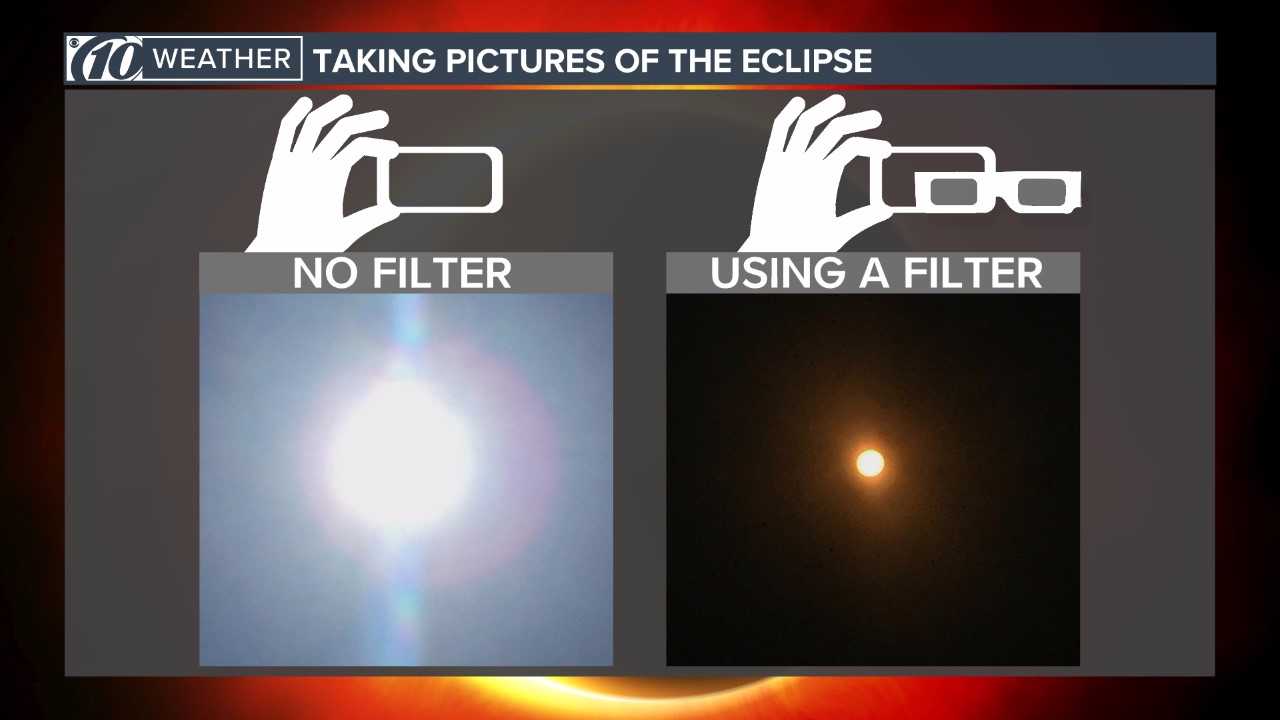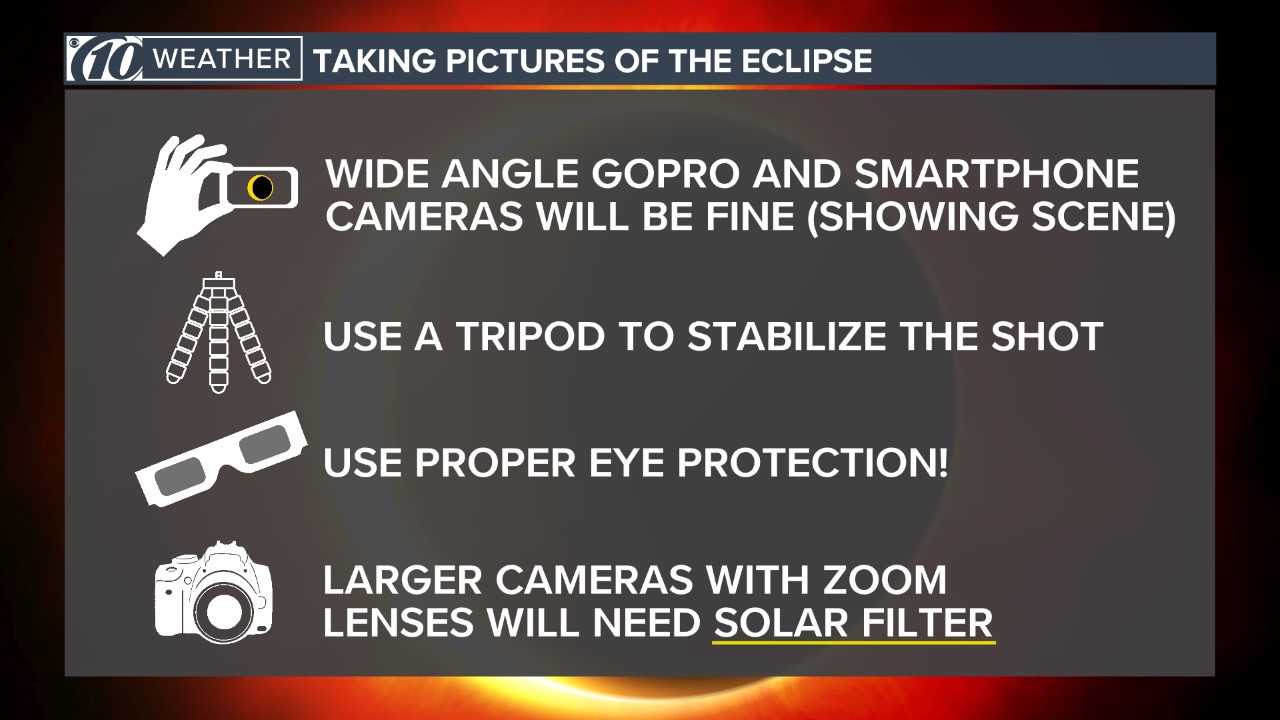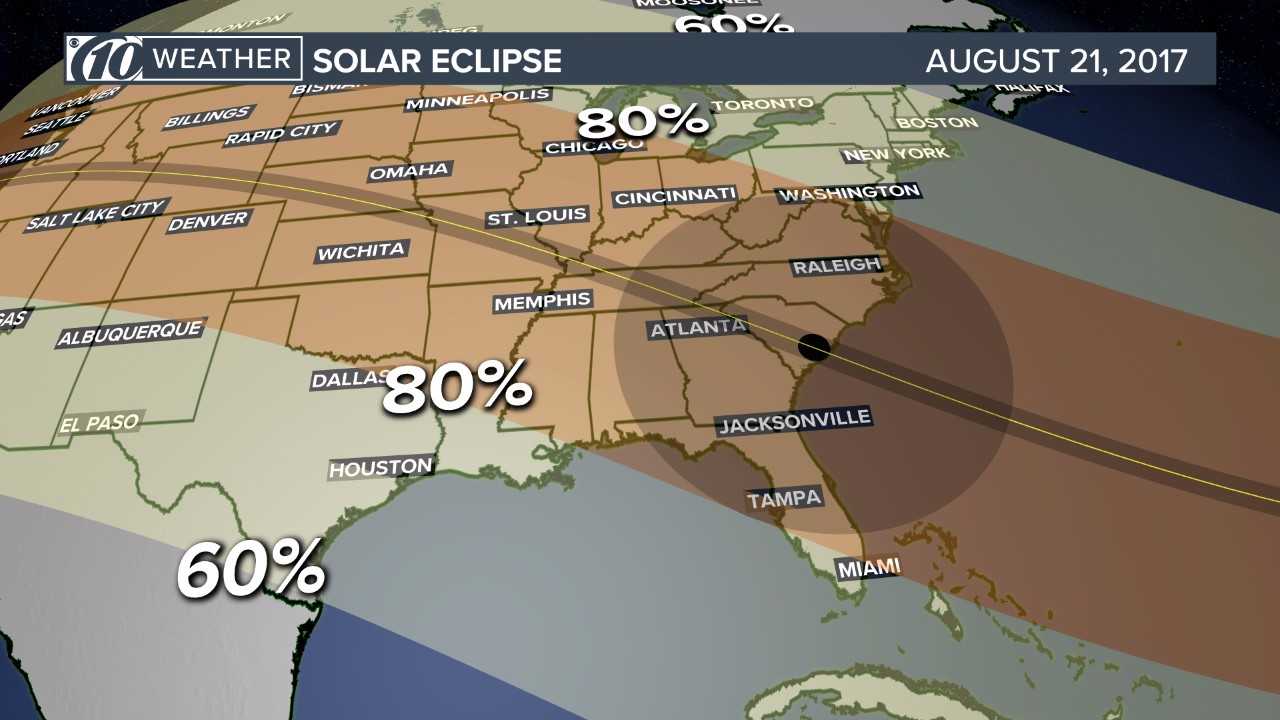Staring at the sun during an eclipse is a topic of great concern for many people. The celestial phenomenon of an eclipse is fascinating, but it also poses potential dangers to our eyesight. Understanding whether an eclipse is worse than looking directly at the sun is crucial to ensure proper eye protection and avoid permanent damage. In this article, we will delve into the science behind solar eclipses, the risks involved, and how to safely observe this awe-inspiring event.
Throughout history, solar eclipses have captivated humanity, inspiring myths, legends, and scientific curiosity. However, the risks associated with observing an eclipse without proper precautions are real and can have long-term consequences. This article will explore the dangers of looking at the sun during an eclipse and provide actionable advice to protect your eyes.
Whether you're an astronomy enthusiast or simply curious about the natural world, understanding the risks of solar viewing is essential. By the end of this article, you will have a comprehensive understanding of why an eclipse can be more dangerous than regular sun exposure and how to stay safe during this celestial event.
Read also:Kelly Osbourne And Husband A Deep Dive Into Their Love Story Life And Legacy
Table of Contents
- What is an Eclipse?
- Risks of Looking at the Sun
- Is an Eclipse Worse Than Looking at the Sun?
- Eye Damage During an Eclipse
- Safety Measures for Observing an Eclipse
- Types of Eclipses and Their Risks
- Scientific Explanation of Solar Radiation
- Common Myths About Eclipses
- Protective Gear for Eclipse Viewing
- Conclusion and Call to Action
What is an Eclipse?
A solar eclipse occurs when the moon passes between the Earth and the sun, temporarily blocking the sun's light. This natural phenomenon can take different forms depending on the alignment of the celestial bodies. Total solar eclipses, partial solar eclipses, and annular solar eclipses each have unique characteristics that influence how much of the sun is obscured.
Types of Solar Eclipses
There are three main types of solar eclipses:
- Total Solar Eclipse: The moon completely covers the sun, leaving only the sun's outer atmosphere, called the corona, visible.
- Partial Solar Eclipse: Only a portion of the sun is covered by the moon, creating a partial obscuration.
- Annular Solar Eclipse: The moon is farther from the Earth, making it appear smaller and unable to fully cover the sun, leaving a "ring of fire" visible.
Risks of Looking at the Sun
Looking directly at the sun without protection can cause severe damage to the eyes. The intense solar radiation can lead to a condition known as solar retinopathy, which damages the retina and can result in temporary or permanent vision loss.
Short-Term and Long-Term Effects
The effects of staring at the sun can manifest immediately or develop over time. Some common symptoms include:
- Blurred vision
- Eye pain
- Reduced visual clarity
- Central blind spots
Research from the American Academy of Ophthalmology highlights the dangers of solar exposure and emphasizes the importance of protective eyewear.
Is an Eclipse Worse Than Looking at the Sun?
During a solar eclipse, the moon partially or fully blocks the sun, making it tempting to look directly at the event without protection. However, the remaining sunlight can still emit harmful ultraviolet (UV) rays that are invisible to the naked eye. These rays can penetrate the eye and cause irreversible damage.
Read also:Matt Berry Voice Actor The Multifaceted Talent Behind The Voices
According to NASA, the misconception that it is safe to look at the sun during an eclipse is one of the most dangerous myths. The reduced brightness during an eclipse can trick the eyes into thinking the sun is less harmful, leading to prolonged and unprotected exposure.
Eye Damage During an Eclipse
The primary risk during an eclipse is solar retinopathy, a condition caused by the absorption of intense solar radiation by the retina. The retina is a delicate layer of tissue at the back of the eye responsible for capturing light and converting it into signals sent to the brain.
Symptoms of Solar Retinopathy
Individuals who experience solar retinopathy may notice the following symptoms:
- Difficulty recognizing faces
- Distorted or blurry vision
- Central vision loss
- Color perception changes
While some cases of solar retinopathy may improve over time, others can result in permanent vision impairment.
Safety Measures for Observing an Eclipse
To safely observe a solar eclipse, it is essential to use proper protective equipment and follow guidelines provided by reputable organizations such as NASA and the American Astronomical Society.
Recommended Protective Measures
- Wear ISO-certified eclipse glasses or solar viewers.
- Use a solar filter on telescopes, cameras, and binoculars.
- Avoid looking at the sun through unfiltered optical devices.
- Do not rely on regular sunglasses for protection.
These measures ensure that your eyes are adequately shielded from harmful solar radiation.
Types of Eclipses and Their Risks
Each type of solar eclipse carries its own set of risks, depending on the level of sunlight exposure. Understanding the differences between total, partial, and annular eclipses can help you prepare accordingly.
Risks During a Total Solar Eclipse
During a total solar eclipse, it is safe to look at the sun only during the brief period of totality when the moon completely covers the sun. However, outside of this time, protective eyewear is still necessary.
Scientific Explanation of Solar Radiation
Solar radiation consists of various types of electromagnetic waves, including visible light, ultraviolet (UV) rays, and infrared radiation. UV rays are particularly harmful to the eyes, as they can penetrate the cornea and lens, reaching the retina and causing damage.
Studies published in scientific journals such as the Journal of Ophthalmology highlight the importance of understanding the effects of UV radiation on ocular health.
Common Myths About Eclipses
Many myths surround solar eclipses, often leading to misconceptions about their safety. Here are some common myths debunked:
- Myth: It is safe to look at the sun during a partial eclipse.
Fact: Even during a partial eclipse, the sun emits harmful UV rays that can damage the eyes. - Myth: Sunglasses provide sufficient protection.
Fact: Regular sunglasses do not filter out enough UV radiation to protect the eyes during an eclipse.
Protective Gear for Eclipse Viewing
Using the right protective gear is critical for safe eclipse viewing. ISO-certified eclipse glasses are designed to block 99.999% of harmful solar radiation, making them the safest option for observing this celestial event.
Features of Eclipse Glasses
- Compliance with international safety standards (ISO 12312-2).
- Lightweight and comfortable design.
- Darkened lenses that block harmful UV and infrared rays.
Conclusion and Call to Action
In conclusion, while an eclipse is a breathtaking natural phenomenon, it poses significant risks to our eyesight if observed without proper protection. Understanding the dangers of solar radiation and following safety guidelines is essential to enjoy this event safely.
We encourage you to share this article with others to promote awareness about eclipse safety. If you have any questions or experiences to share, feel free to leave a comment below. Additionally, explore our other articles for more insights into astronomy and ocular health.
Remember, protecting your eyes during an eclipse is not just about enjoying the moment—it's about safeguarding your vision for a lifetime.


